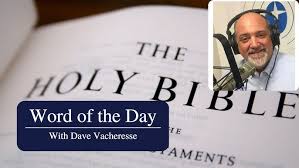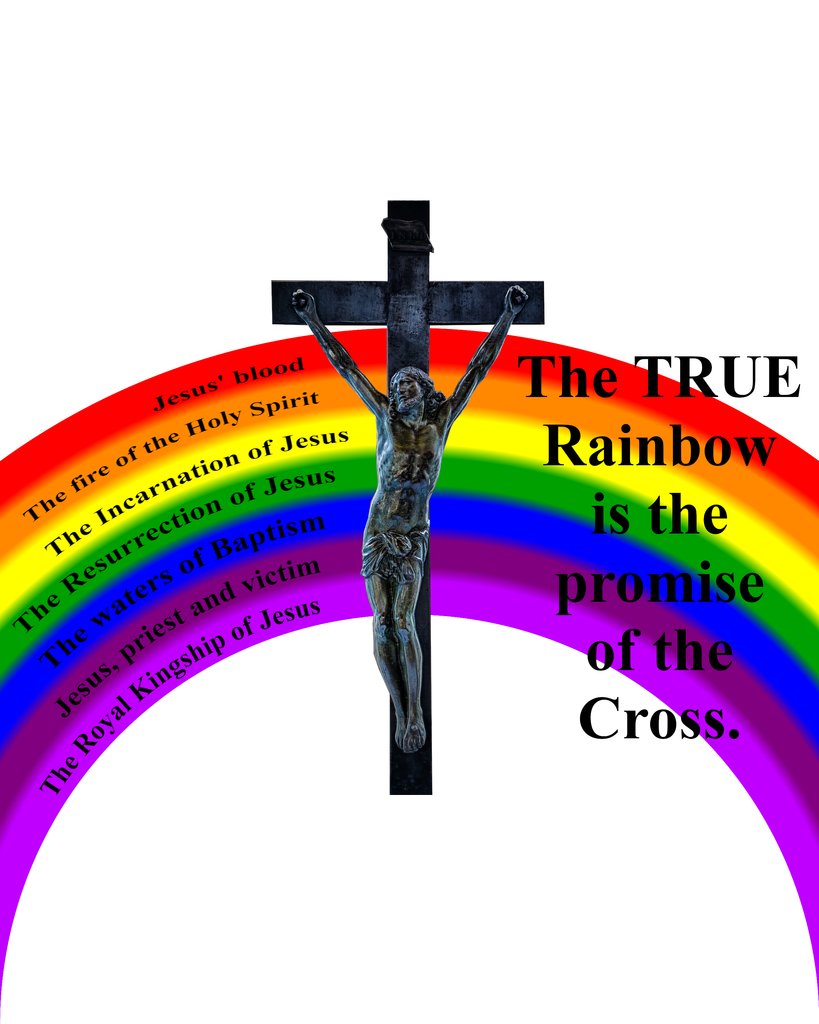The Legend of Shea and Eden
Once upon a time, Mark Shea and Dawn Eden met in Seattle. Or so legend has it.
In a fascinating exchange of scholarly insight into the alleged events show us that there may be less than meets the eye.
Mark, in linking to Dawn’s account, poked a finger in the eyes of those oh so learned biblical scholars who regularly debate facts into non-existence.
Dawn Eden Gives Her Version of Events This Past Weekend So That Future Historians Can Pore Over the Details for Tiny Discrepancies and Conclude, 2000 Years Hence, That Neither of Us Ever Existed
I mean, come on: “Dawn Eden”? Clearly this is a fictional figure created by scribes influenced by the Elohist tradition, something like the woman “Wisdom” in the book of Proverbs. Likewise, “Cow” recalls the sacrificial rights of the Priestly tradition and is not an actual historical personage. There does appear to be a slim historical basis for “Mark Shea”, but certainly, as his name suggests, the Shea figure quickly became alloyed with more warlike folks deities in the imagination of the ancient storytellers and bloggers who swarmed across the Internet in the early 21st Century. Almost nothing definite can be known about him now. The traditional image of him setting at a News Desk undoubtedly springs from his reputation as interest in evangelism and has nothing to do with his ever actually have sat at such a desk.
I thought this was really funny. However CMR fave, Red Cardigan of And Sometimes Tea, upped the ante in the combox.
Clearly it is the “Mark Shea” version, not the “Dawn Eden” one, which is suspect.
Compare, first of all, the number of words used in each account. The scribe we call “Dawn Eden” uses a mere 438 words (according to a contemporary word-count tool) in a tightly written, clearly factual account of the event; but the writer or writers known by the name “Mark Shea” uses 1,001 words to describe what is purportedly the same day! Obviously the “Shea” account is a later embellishment, as it’s a known rule in the world of exegesis that the shorter account must always be the first in time and the more accurate as to content.
Then, too, there are the various elaborate and probably allegorical place names, some of which clearly demonstrate the writer’s Freudian biases (“Pike Place?” “Golden Age Collectible”?), in addition to the Swiftian influence most notable in the oddly graphic, scatological vision displayed in the brief description of the demonic bathroom (and what an insight this gives us into the various Sheavian authors and their tendency to employ such images as a veiled commentary on the increasingly unhygienic culture of the times).
Taken as a whole, I must side with those distinguished scholars who believe that that the aptronymic “Eden” was the real historical figure, and that “Shea” is a conglomerate of consciousnesses who felt that “Eden’s” more accurate, factual description of events lacked a kind of bombastic poetry that was needed to embellish the plainer account and make it stand out more to later readers.
Brilliant. Bloody brilliant. The thing I take away from this exchange is simple. It really does not matter whether Mark Shea or Dawn Eden ever really existed. It is not about them. It is about me. It is really about how believing in the legends of Shea and Eden make me feel about myself. Right now, I feel very empowered. That is the real message.







